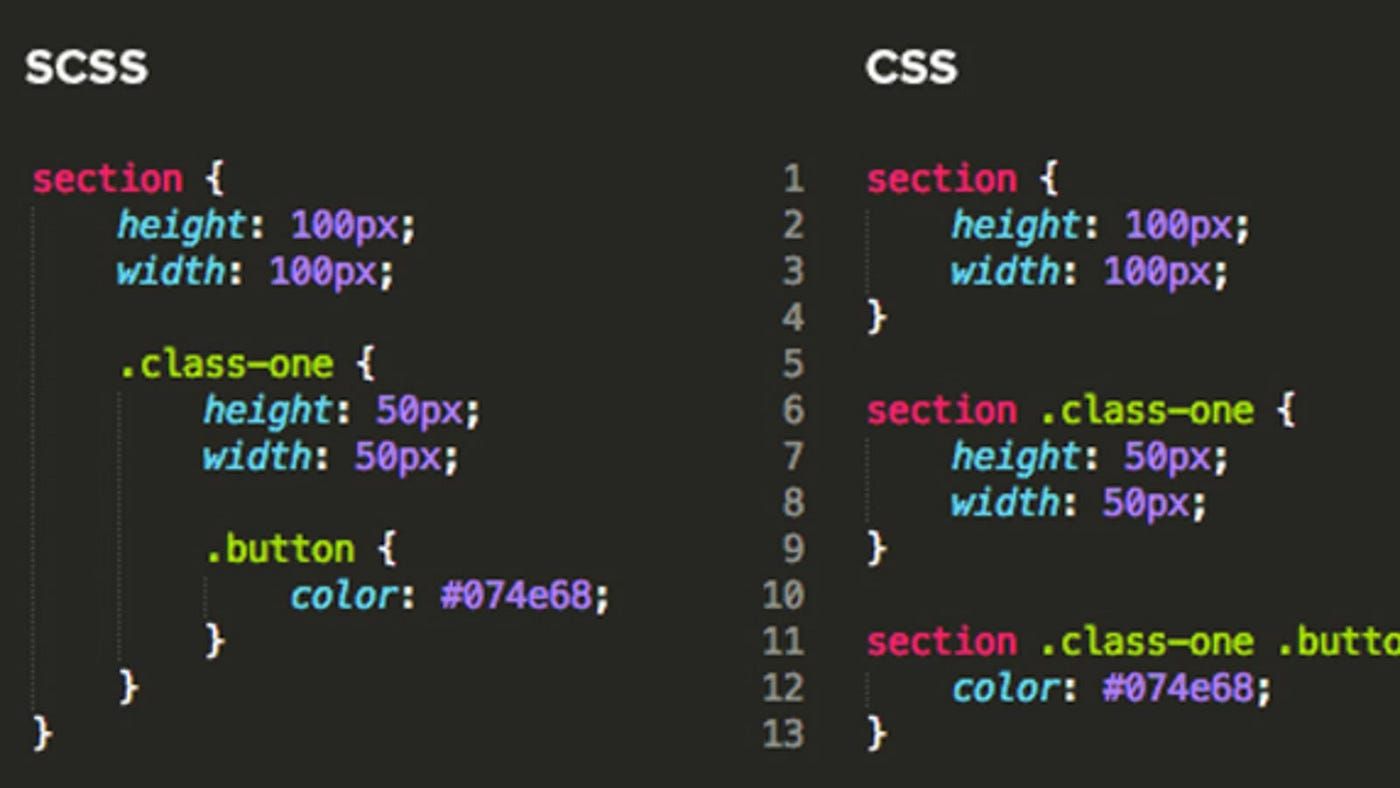In the realm of web development, Cascading Style Sheets (CSS) has long served as the primary language for styling websites. However, the advent of Sass (Syntactically Awesome Style Sheets) has introduced a powerful toolset that enhances developers' workflows and offers numerous advantages over traditional CSS.

1. Modularity and Reusability
One of the significant advantages of Sass is its support for modular and reusable code. With CSS, repetitive styles across different elements often lead to bloated code. Sass introduces features like variables, mixins, and extends that enable cleaner, more efficient stylesheets. By defining variables for commonly used values and creating mixins for repetitive styles, developers can significantly reduce code duplication and improve maintainability.
/* Sass Variables */
$primary-color: #007bff;
$font-stack: 'Roboto', sans-serif;
/* Mixin Example */
@mixin button-styles {
padding: 10px 20px;
font-size: 1rem;
border-radius: 5px;
}
.button {
@include button-styles;
background-color: $primary-color;
color: white;
}2. Nesting and Improved Readability
Sass allows nesting of CSS selectors, providing a clear and intuitive hierarchy. This feature improves code readability and simplifies understanding the relationships between different elements and their styles. Nesting brings a structured approach that makes code more organized and maintainable.
/* Sass Nesting Example */
.navbar {
background-color: #fff;
.logo {
font-size: 18px;
font-weight: bold;
}
.menu {
list-style: none;
margin: 0;
padding: 0;
li {
display: inline-block;
margin-right: 10px;
}
}
}3. Extending and Inheritance
Sass introduces inheritance, allowing developers to define placeholder styles using %placeholder syntax and extend them with the @extend directive. This technique creates a set of base styles that can be easily reused across a project, resulting in cleaner and DRY (Don't Repeat Yourself) code.
4. Mixins for Code Reuse
Sass mixins are versatile blocks of CSS code that can be reused throughout stylesheets. Mixins accept parameters, enabling customization for different use cases. They are particularly useful for handling vendor prefixes, reducing errors, and easing maintenance.
5. Powerful Functions and Operators
Sass provides a range of functions and operators that extend CSS capabilities. These functions allow calculations, color manipulation, and string operations directly in stylesheets, enhancing expressiveness and flexibility.
Conclusion
In conclusion, the decision to use Sass over CSS stems from its ability to streamline development workflows, enhance code maintainability, and unlock advanced features that CSS alone cannot provide. By leveraging Sass's modularity, nesting, extending, mixins, and functions, developers can write cleaner, more organized, and efficient stylesheets. This not only simplifies the development process but also leads to more scalable and maintainable projects in the long run. Ultimately, Sass empowers developers to elevate their styling capabilities and tackle complex styling challenges with ease, making it a preferred choice for modern web development projects.





